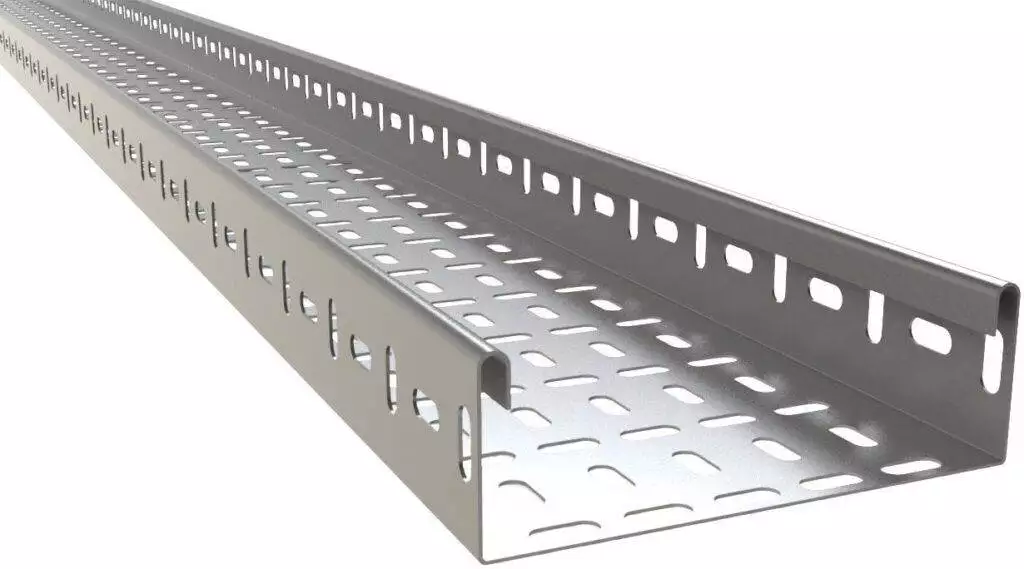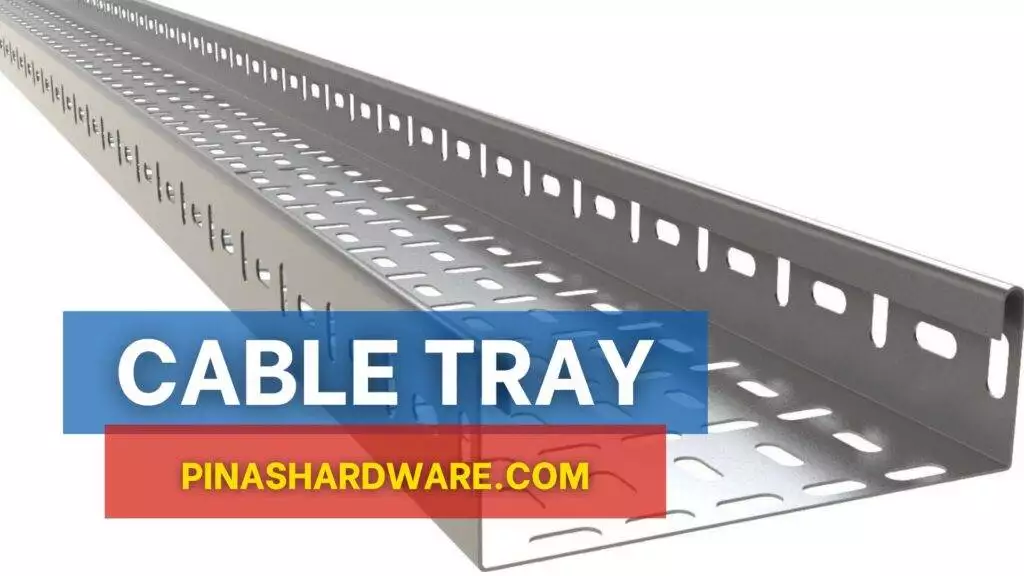A Cable Tray is a type of structural system that comprises a series of interconnected metal or non-metallic trays that help support and organize electrical cables and wires. It is mostly used in industrial, commercial, and residential settings to help optimize the space and create an organized and structured system. These trays are mounted on walls, ceilings, or floors to create pathways for cables to help provide a safe and efficient means of routing and protecting cables while allowing for easy access for maintenance and modifications.
Cable Tray Prices
The prices of cable trays vary depending on the materials and their sizes. On average, they cost from around ₱1,310.24 to ₱5,307.10.
| Details | Size | Price |
| RS PRO Wire, Electro galvanized steel | 3m x 200 mm x 60mm | ₱3,592.79 |
| RS PRO Wire, Electro galvanized steel | 3m x 100 mm x 60mm | ₱2,009.90 |
| RS PRO Wire, Electro galvanized steel | 3m x 150 mm x 60mm | ₱1,776.984 |
| RS PRO Self-coupling Light Duty Tray | 3m x 300 mm x 60mm | ₱4,701.75 |
| RS PRO Self-coupling Light Duty Tray | 3m x 100 mm x 60mm | ₱2,465.43 |
| RS PRO Self-coupling Light Duty Tray | 3m x 150 mm x 60mm | ₱2,357.25 |
| RS PRO Wire, Electrogalvanised steel | 3m x 100 mm x 30mm | ₱1,310.24 |
| RS PRO Self-coupling Light Duty Tray | 3m x 200 mm x 60mm | ₱2,685.05 |
| RS PRO Wire, 316 Stainless Steel | 3m x 100 mm x 30 mm | ₱5,307.10 |
| RS PRO Wire, 304 Stainless Steel | 3m x 60 mm x 60 mm | ₱3,195.48 |

Advantages of Cable Tray
Efficient Cable Management – Cable trays provide an organized and structured system for routing and supporting electrical cables and wires which helps reduce the risk of tangling, damage, and interference.
Space Optimization – Cable trays help optimize space by consolidating cables into a single pathway which frees up floor or wall space in buildings, facilities, and industrial plants.
Flexibility – Cable trays offer flexibility in cable routing and configuration making changes and expansions to the electrical infrastructure a whole lot easier as they won’t need extensive rewiring.
Ventilation – Cable trays allow proper ventilation and airflow around cables which helps dissipate the heat that is generated by electrical currents which in turn prevent the overheating of cables and equipment.
Disadvantages of Cable Tray
Installation Complexity – Installing cable trays requires specialized knowledge and skills, especially for larger or more complex installations as improper installations can lead to structural issues or safety hazards.
Visibility of Cables – While cable trays provide organized cable management, the cables within the trays will still be visible, which can affect the aesthetics of the space.
Potential for Cable Damage – Cables that are within the cable trays can be damaged due to external factors like moisture, dust, debris, or even mechanical stress.
Maintenance Requirements – Cable trays require regular inspection and maintenance to ensure that they are functioning properly Neglecting maintenance can lead to cable damage, corrosion, or degradation over time.
Video of Cable Tray
FAQs
What is a cable tray used for?
Cable Trays are a structural system used to support and protect cables and ensure the safe and efficient distribution of electrical power and communication signals within buildings.
What are the 3 main types of cable trays?
3 types of cable trays:
- Ladder cable trays
- Solid bottom cable trays
- Wire mesh cable trays
Where can cable tray be used?
Cable trays are primarily used in areas with a large number of small cables.
What is the function of a cable ladder?
Cable ladders can support heavy cables, cable bundles, and pipes over long support spans and help facilitate free airflow, which is essential for preventing cable overheating.
What is the most common type of cable tray?
Ladder cable trays are the most used variety of cable trays.

